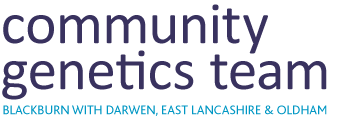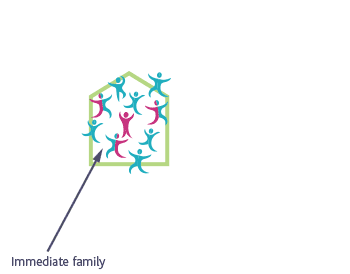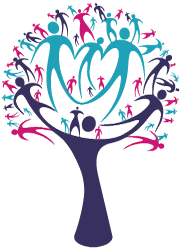Genes and You
Most families don’t need to worry about the genetic instructions they will pass on to their children. But in some circumstances the genes aren’t working properly and might cause developmental problems.
Here’s some information that will help you understand genetics and the issues some families face.
Below are 3 examples of how genes are passed on to the children in a family.
Family 1
Both parents are healthy carriers of the changed gene. Their children will either inherit the healthy gene or the changed gene from each parent and this is at complete random.
When the mother is pregnant there is a 25% chance (1 in 4) that the child will inherit one healthy copy from mum and one healthy copy from dad. This means they will be healthy and NOT a carrier and so will not suffer from the recessive condition and will not be at risk of passing it onto their future children.
There is a 50% (2 in 4) chance that the child will inherit one healthy copy from either mum or dad and one changed gene from the other parent and so will be a healthy carrier. They will not suffer from the recessive genetic condition however as the child has one changed gene so they will be a healthy carrier like their parents and may be at risk of passing it onto their children in the future.
There is a 25% chance (1 in 4) that the child will inherit a changed gene from both mum and from dad and so this child will suffer from the recessive genetic condition. This is because they have 2 copies of the changed gene.

 Consanguinity is when two people share the same blood or a common ancestor. Therefore a consanguineous marriage is when two people who have the same blood (so are relatives/cousins) marry one another.
Consanguinity is when two people share the same blood or a common ancestor. Therefore a consanguineous marriage is when two people who have the same blood (so are relatives/cousins) marry one another.























